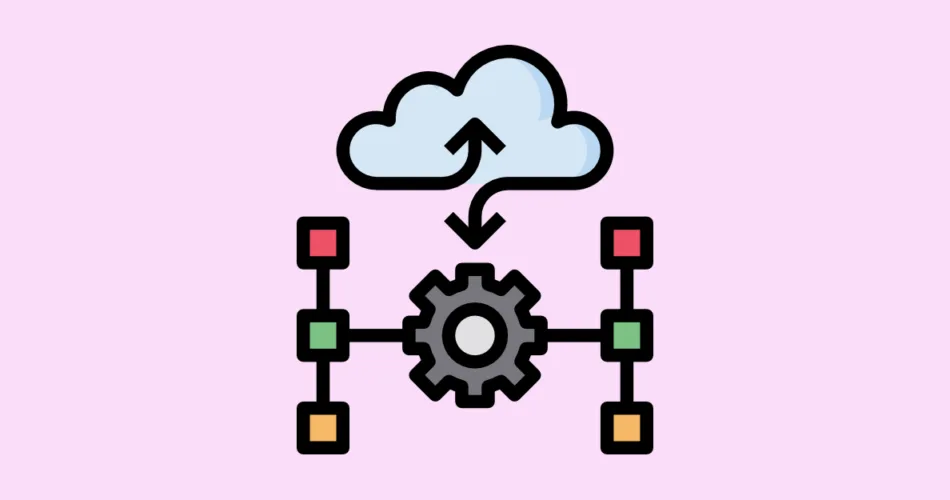Microservices architecture has transformed the way we approach software development, enabling the creation of agile and scalable applications. In this blog post, we will delve into the key principles and characteristics that define microservices architecture.
1. Service Independence
One of the core tenets of microservices is service independence. Each microservice is a self-contained unit responsible for a specific business capability. This encapsulation ensures that changes to one service do not impact others, fostering agility and facilitating parallel development. For example, a travel booking application can have separate microservices for flight bookings, hotel reservations, and car rentals, allowing updates to one service without affecting others.
2. Single Responsibility Principle
Microservices embody the Single Responsibility Principle, where each service focuses on a distinct functionality. This granularity enhances maintainability and code reusability. For instance, a payment processing microservice handles only payment-related tasks, avoiding bloated codebases and promoting cleaner designs.
3. Decentralized Data Management
Microservices encourage decentralized data management. Each service has its own database, emphasizing data autonomy. This approach avoids complex database schemas and minimizes data coupling between services. A customer management microservice could have its own database to handle customer data independently.
4. Autonomous Deployment
Microservices enable autonomous deployment, where each service can be updated and deployed independently. This reduces deployment bottlenecks and speeds up release cycles. Consider an e-commerce platform where the product catalog service can be updated without affecting the checkout service.
5. Scalability and Elasticity
Scalability is inherent to microservices. Services can be scaled independently based on demand, optimizing resource utilization. For example, during a high-traffic event, the order processing service can be scaled up without affecting other services.
6. Resilience and Fault Tolerance
Microservices promote resilience and fault tolerance. Isolating services contains failures within their boundaries. If one service experiences an issue, it doesn’t disrupt the entire application. This enhances system availability and minimizes downtime.
7. Continuous Integration and Deployment
Microservices align seamlessly with continuous integration and deployment (CI/CD) practices. Testing and deploying independent services can occur without affecting the overall application. Integration and deployment changes incrementally, reducing the risk of large-scale failures.
In conclusion, principles guide microservices architecture, fostering modularity, autonomy, and scalability. These characteristics empower developers to build robust and adaptable applications, promoting rapid development, easy maintenance, and effective utilization of resources. By embracing these principles, organizations can harness the full potential of microservices architecture in the modern software landscape.
Subscribe to our email newsletter to get the latest posts delivered right to your email.


Comments